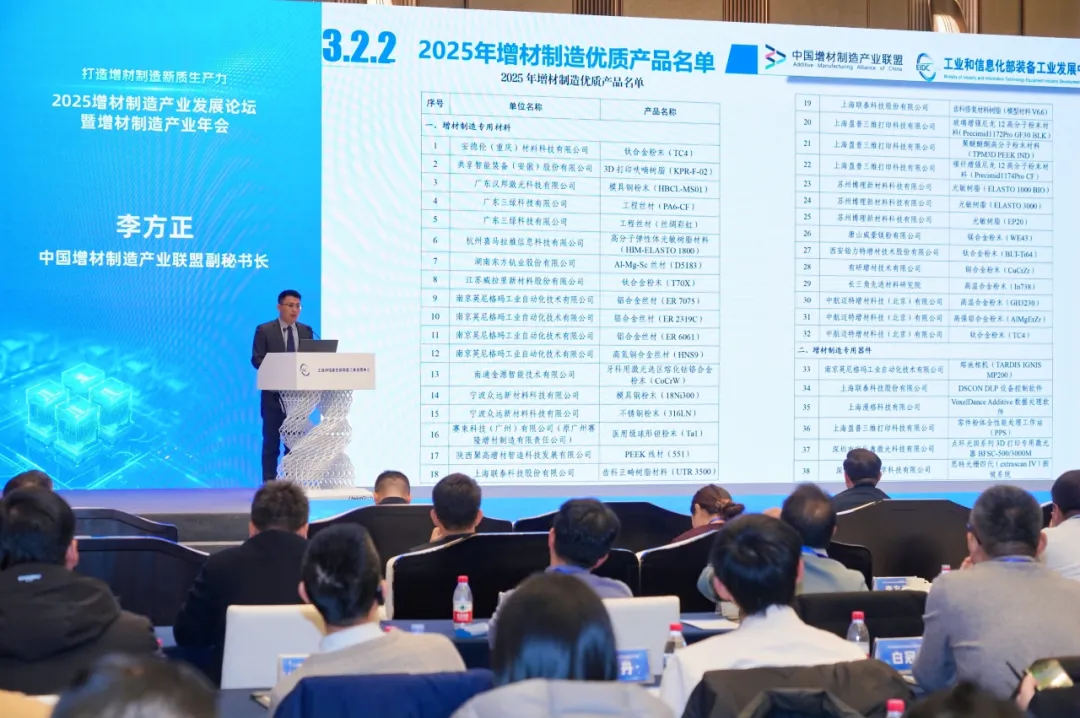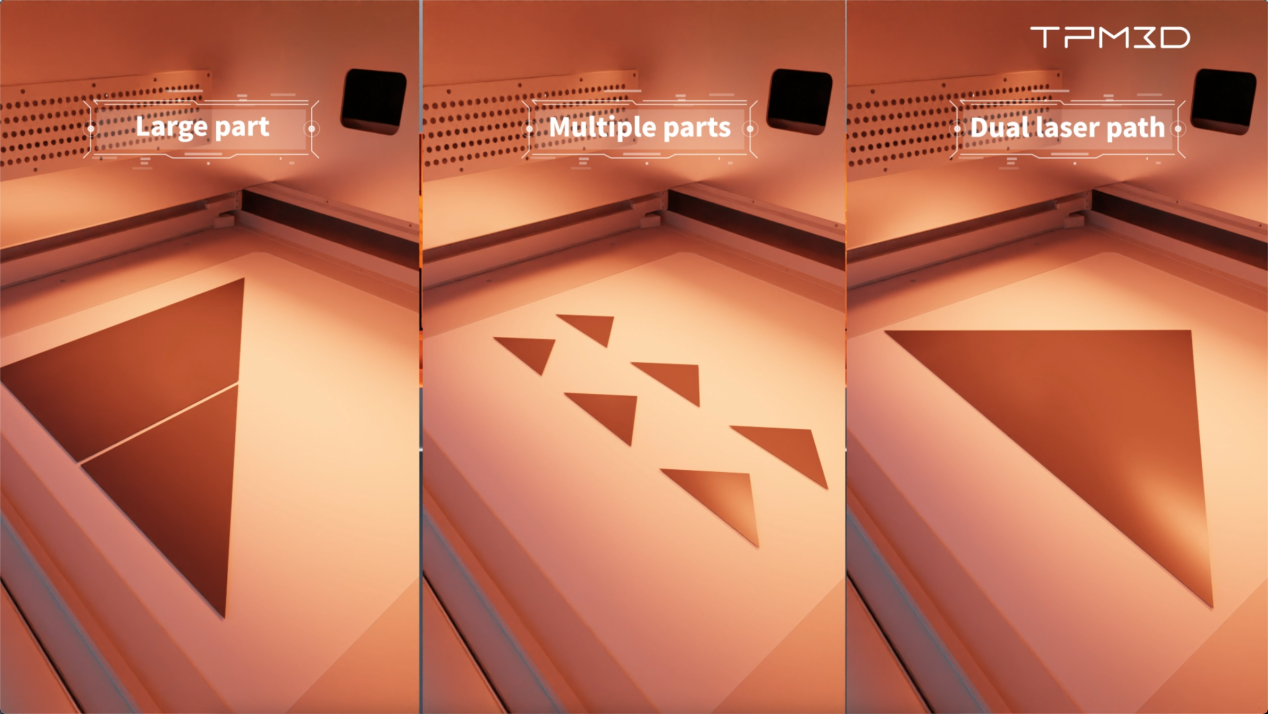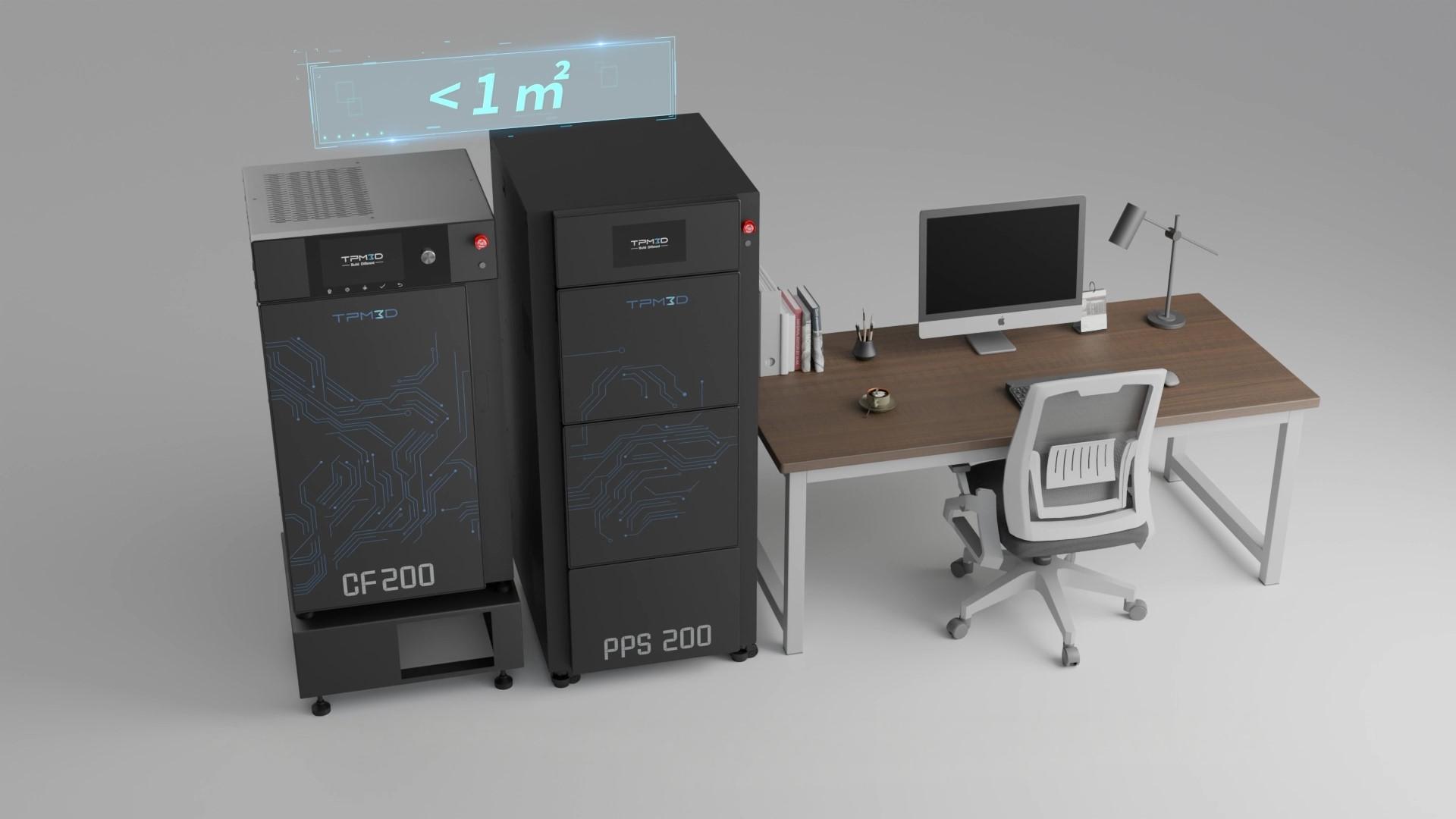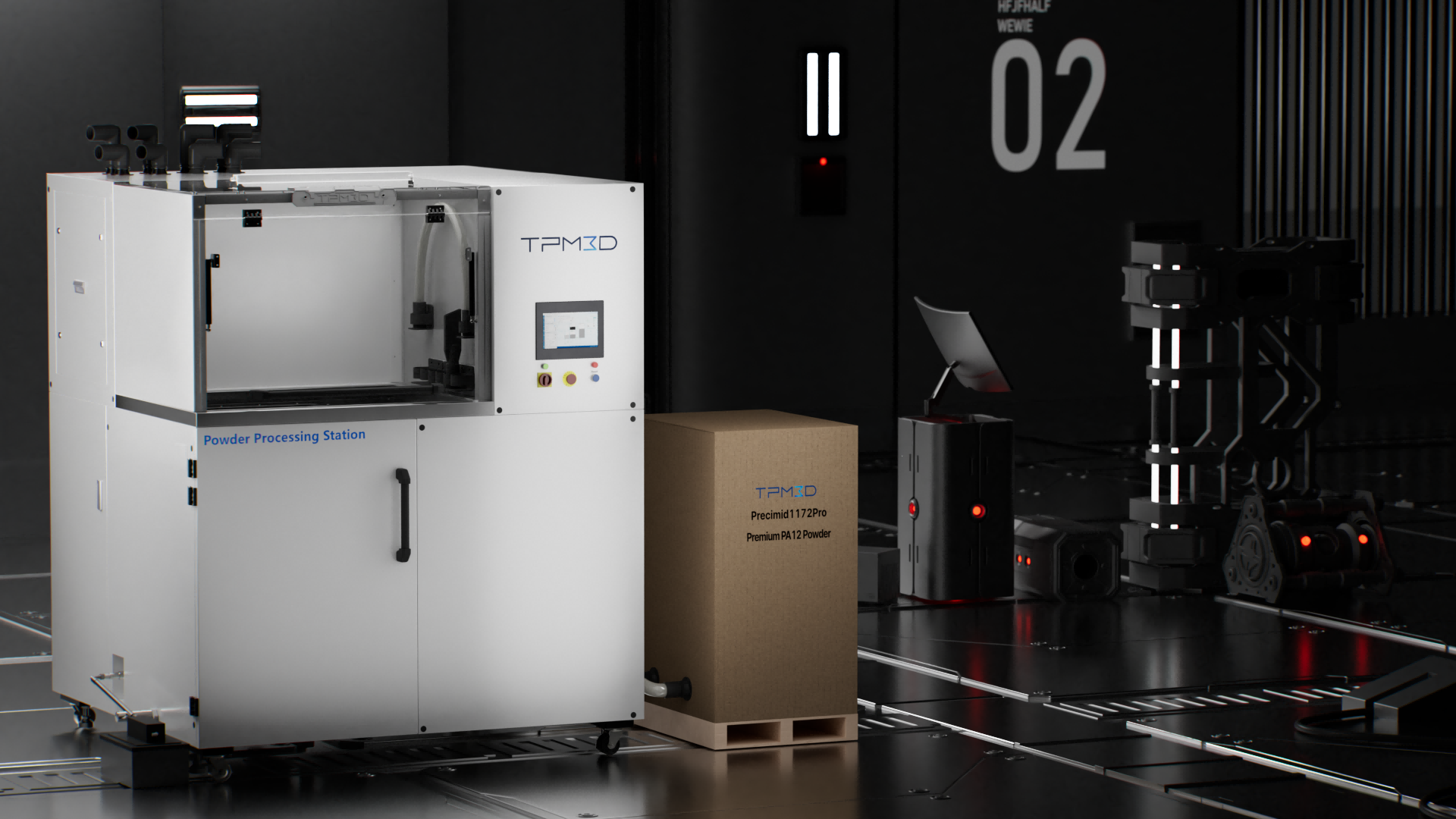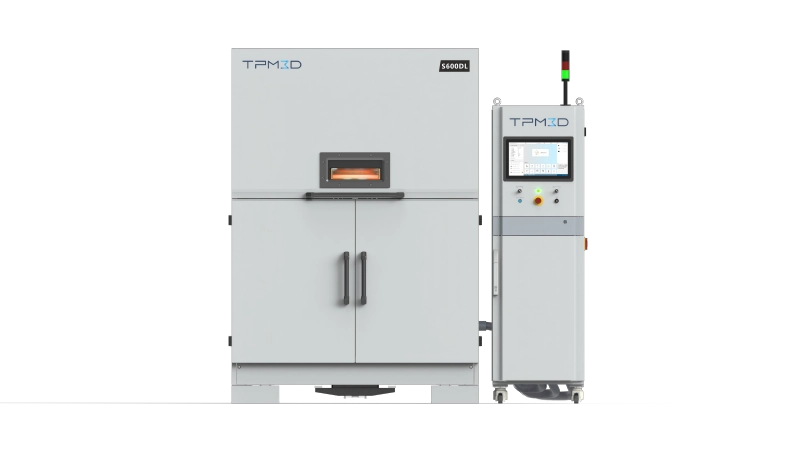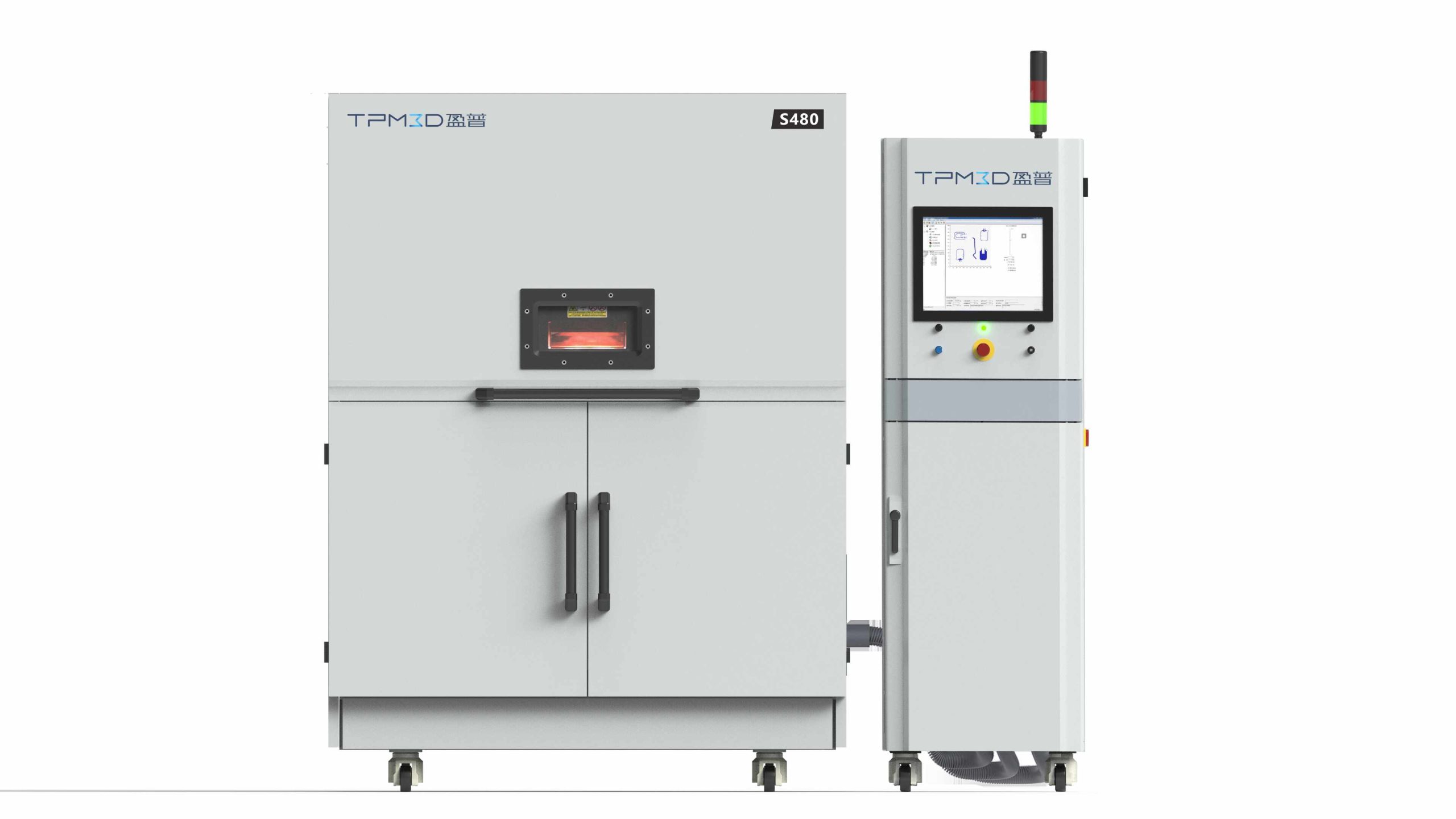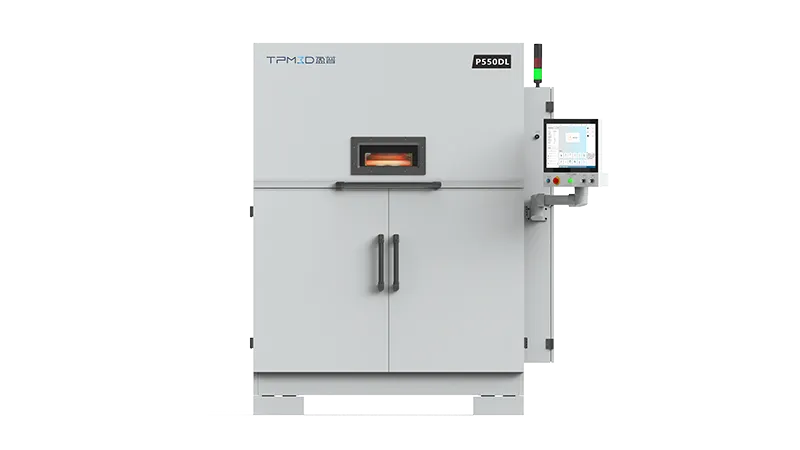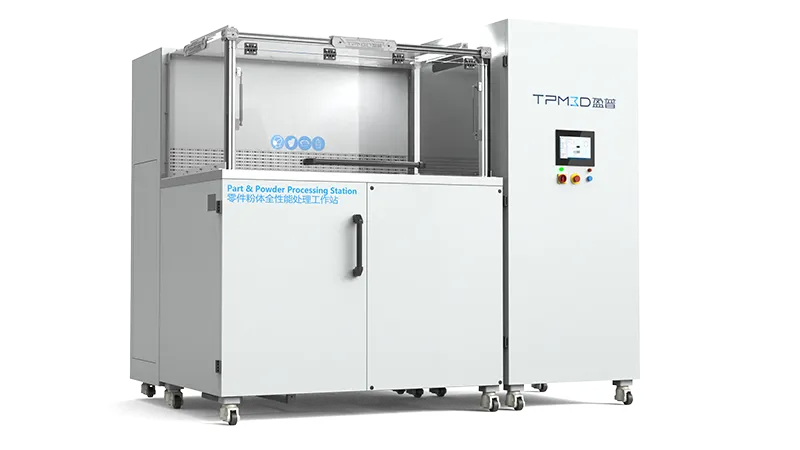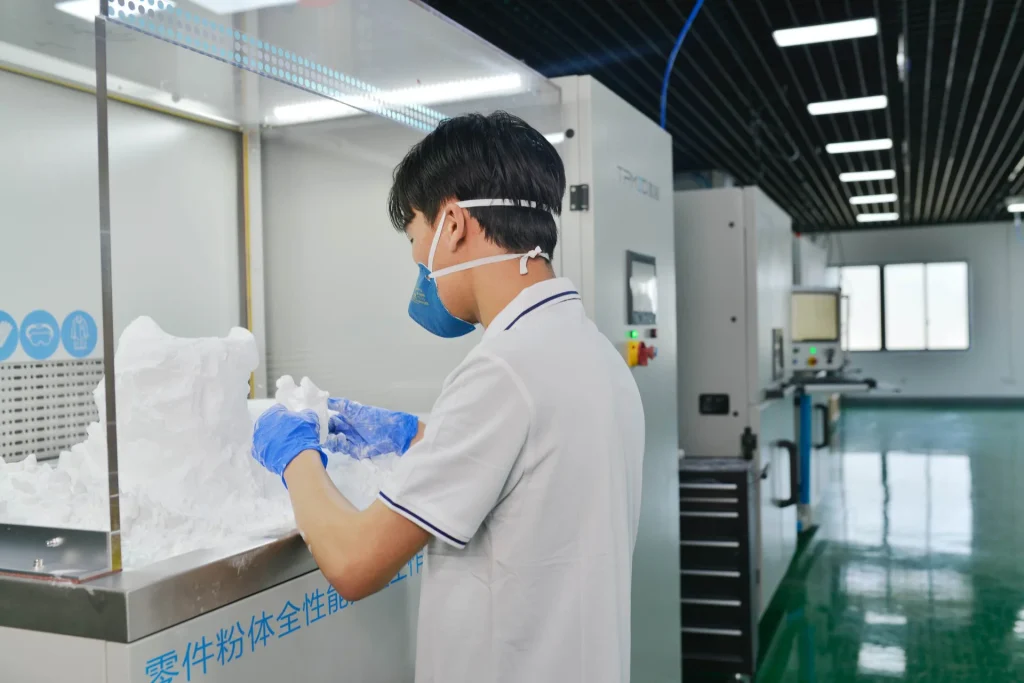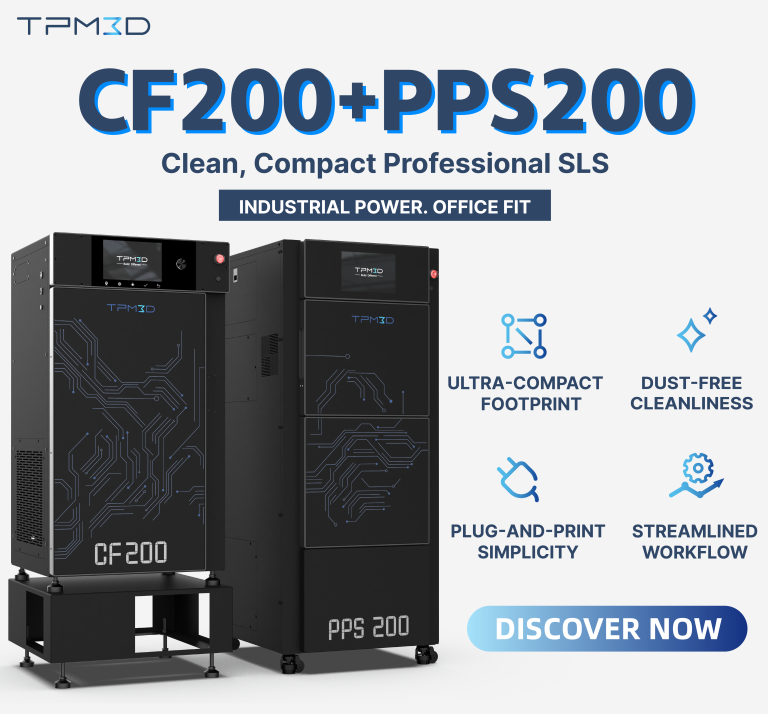As 3D printing moves from prototyping to mass production, surface finishing has become a crucial step. Even with advanced printers, many parts still show visible layer lines and rough textures. To solve this, Vapor Smoothing and Vibration Polishing are two of the most widely used post-processing techniques. Both improve appearance and performance—but which one is more suitable for your application?
What is Vapor Smoothing?
Vapor smoothing (chemical vapor smoothing) uses solvent vapors to melt and reflow the surface of 3D printed parts. In an enclosed chamber, solvents like FA 326 condense on the parts, smoothing out irregularities while keeping the geometry intact. As the chamber heats up, residual solvent evaporates and is recovered, leaving behind:
-
Injection-molded-like finish
-
Waterproof and airtight surfaces
-
Improved tensile strength, flexibility, and dimensional accuracy
⚠️ While industrial vapor smoothing requires specialized equipment, DIY methods (with acetone or ethanol) exist—but they come with significant safety risks.
What is Vibration Polishing?
Unlike vapor smoothing, vibration polishing is a mechanical process. Parts are placed in a vibrating bowl with abrasives (ceramic, plastic, or steel media) and lubricants. The friction between parts and media gradually removes the outer layer, creating a smoother surface.
Key highlights:
-
Works well for larger parts with simpler details
-
Produces scratch-resistant, dirt-repellent finishes
-
Can be tailored by selecting different abrasives and compounds
Drying is often needed afterward, using vibratory dryers and organic drying media like corn cob grit or walnut shells.
Compatible Materials
-
Vapor smoothing: Suitable for most polymers such as ABS, ASA, PA11, PA12, PP, and PC-ABS. Not recommended for TPU or some specialty filaments.
-
Vibration polishing: More versatile—works on plastics, elastomers, and metals (aluminum, stainless steel, copper, brass).
Before and after comparison of metal parts treated by vibration polishing (Source: Acton Finishing)
Pros and Cons
Vapor Smoothing
✅ Smooth, glossy, waterproof surfaces
✅ Improves mechanical properties
✅ Keeps geometry intact
❌ Limited material compatibility
❌ Requires chemical handling and costly equipment
Vibration Polishing
✅ Wide material compatibility (plastics + metals)
✅ Customizable with different abrasives
✅ Great tactile feel, scratch-resistant surfaces
❌ Can round off edges, losing fine details
❌ Requires longer drying steps
Application Fields
-
Vapor Smoothing: Favored in medical, automotive, and aerospace industries where waterproofing, antibacterial surfaces, and safety-critical components are needed (e.g., dashboards, aircraft ducts, engine parts).
-
Vibration Polishing: Widely used in consumer goods, sports, jewelry, and automotive components, where smooth finishes and durability matter (e.g., gears, skates, cutlery, precision parts).
Vapor Smoothing is commonly applied on aircraft parts in the Aerospace Industry (Image source: Fast Radius)
Costs and Suppliers
-
Vapor Smoothing:
-
Service providers: Xometry, AMT, DyeMansion, Protolabs, Hubs
-
Equipment price: $10,000–$30,000
-
Service cost: $5–$15 per part (often bundled in 10+)
-
-
Vibration Polishing:
-
Providers: SPALECK, VibraFinish, Rohde AG, 3Faktur
-
Machines: $18,000–$21,000
-
Abrasives: $21–$44 per 2kg
-
Compounds: $21–$44 per 5L
-
Conclusion
Both Vapor Smoothing and Vibration Polishing offer reliable ways to turn rough 3D printed parts into production-ready components.
-
Choose Vapor Smoothing if you need waterproof, glossy, and dimensionally precise parts—ideal for high-performance industries like aerospace or automotive.
-
Choose Vibration Polishing if you need versatility, wider material compatibility, and scratch-resistant finishes—especially for metals and consumer products.
Ultimately, the right choice depends on your material, design requirements, and end-use application.









